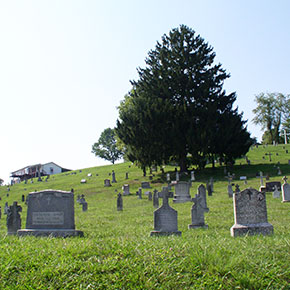They came to Monongah, West Virginia, from some of the poorest regions of Italy– Abruzzo, Calabria, Campania–to work the coal mines. Like the millions of Italians who migrated to “L’america” in search of a brighter future, most had no idea of the challenges they would face. The promise of a financed voyage and a secure job was an incentive that few could resist. But none, one suspects, could
have imagined that they would end up working in conditions as inhumane as in those in the mines of Monongah. Yet, they left their homes in Frosolone, Roccamandolfi, Duronia, San Giovanni in Fiore, Castrovillari, Canistro, and dozens of other Italian towns and came in droves to Monongah.
One hundred and two years ago, on December 6, 1907, an explosion ripped through the Monongah mines, shaking the earth as far as eight miles away, and killing, according to contemporaneous official records, 362 miners. It was, and remains, the worst mining disaster in American history. Officially, 171 Italians died that day. But those figures may underestimate the number of miners working that day; often young boys who assisted their fathers were not always “officially” counted. According to one newspaper story, it is possible that an estimated 956 lives were lost in the explosion.
(Note that this article was written on the occasion of the 100th Anniversary of the Monongah mine disaster)

